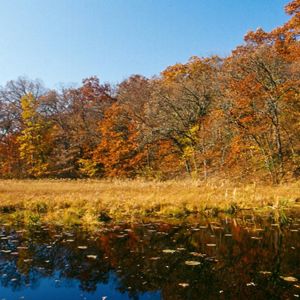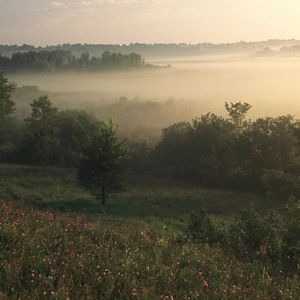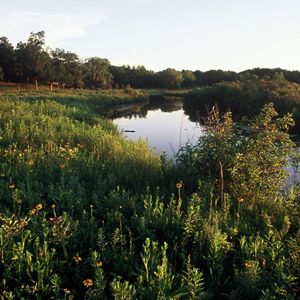Description
Lulu Lake glitters amidst the rich marshes of the upper Mukwonago River watershed. When viewed through the lens of species richness and water quality, this 95-acre kettle lake (a lake created by the glaciers) and its watershed comprise one of Wisconsin's highest quality natural areas.
The preserve’s high-quality stream, wetlands and oak openings provide habitat for rare fish and mussels and many native plants and animals.
Before European settlement, there were more than 5.5 million acres of oak openings in Wisconsin. Today only about 500 acres survive. Between 50 to 80 of these acres are found around Lulu Lake. The Nature Conservancy is using fire and manual removal of invasive plants to restore and maintain them.
Scientific researchers interested in several topics — oak openings; the hydrology of sedge meadows and fens; and rare species of fish, amphibians, reptiles, bees and butterflies — have used the preserve as an outdoor laboratory.

















